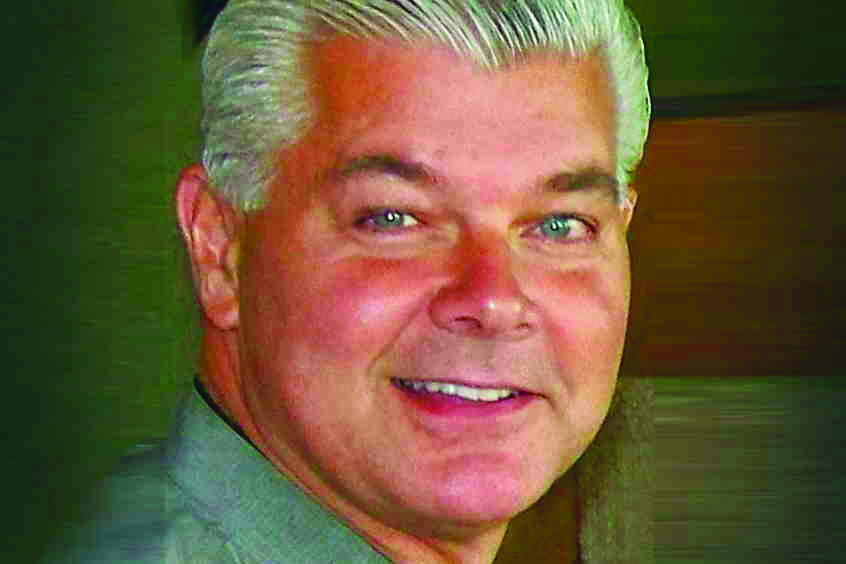Why visit ACE ’25?

The US National Transportation Safety Board (NTSB) Most Wanted list identifies the top safety improvements that can be made to prevent accidents, minimise injuries and save lives in the future. The goal of the Air Charter Safety Foundation (ACSF) is, predictably, to enhance and improve the overall safety record within the Part 135 charter industry. Both safety management system (SMS) programmes and the Aviation Safety Action Program (ASAP) are great examples of such safety measures and have proven to enhance safety performance in the industry.
Generally, the Most Wanted list urges members to ‘improve the safety of Part 135 aircraft flight operations’, and ACSF president Bryan Burns has started a dialogue on how to encourage investment in safety. To do this, the ACSF hopes that every member/charter operator will:
• discuss the Most Wanted list recommendations with their executive teams;
• if not already accomplished, implement a safety management system (SMS);
• enrol in the ASAP programme; and
• consider implementing flight data monitoring (FDM) programmes where practical.
In addition, the ACSF will continue to encourage charter operators to achieve the Industry Audit Standard (IAS), an independent evaluation of an operator's and/or shared ownership company's safety and regulatory compliance.
Burns sets out the direction that is being taking following issuance of the Most Wanted list and since the ACSF put out its open letter to members of the Part 135 community:
1 - the Medallion Foundation, Anchorage, Alaska
Backed by FAA funding, the goal of the Medallion Foundation (MF) was to improve safety within the Alaskan operator community following a series of fatal accidents involving tour guides and sea planes in the region. The foundation, an aviation oversight organisation granting safety distinctions to Alaskan air carriers, was set up in 2001 but closed this September. During its lifetime it was effectively a separate and smaller version of the ACSF.
ACSF has 150 customers enrolled in its ASAP programme, and it has received several calls from operators who were under the MF safety programme. Indeed Burns was in Alaska on 6 September for a roundtable discussion with operators to discuss how to mitigate the risk to which they are now exposed following the MF closure. In what he describes as an incredibly productive session, Alaskan operators were able to examine how best to enhance their safety programmes in order to improve safety. There was interest in enrolling in the ACSF programme from Alaskan charter operators, as there was in them working directly with the FAA to participate in the ASAP programme. ACSF is a third party programme manager; it is up to the operator to pick and choose who they want to work with.
2 - Flight Data Monitoring (FDM)
ACSF is encouraging members and charter operators to consider participating in an FDM programme, a process which routinely captures and analyses recorder data in order to improve the safety of flight operations. It allows safety managers to inform and facilitate corrective actions in a range of operational areas by offering the ability to track and evaluate flight operations trends, identify risk precursors and take the appropriate remedial action.
The ACSF is exploring several options to facilitate the process of capturing flight data, aggregate that data, de-identify and share it back with participating companies.
In the pipeline: A common standard for the charter industry
Even though this is not directly on the NTSB Most Wanted list, some ACSF members have declared an interest in a common audit standard, in the same way that the Part 121 airline community gradually consolidated its own individual standards years ago (IOSA) due to code sharing. Currently there are multiple standards and multiple audits with commercial auditing companies. “Having more than one standard somewhat defeats the purpose,” Burns says, “because companies will change their standards to comply with different audits.”
As an independent 501C3 (non-profit) organisation, the ACSF has always advocated and supported the adoption of a common audit standard. ACSF is only the keeper of the standard; it does not conduct audits, unlike other commercial auditing companies that are doing audits based on their own separate standards. “We separate church and state, to make sure there is compliance,” he adds.
The NTSB has confirmed it will host a charter operator roundtable symposium in conjunction with the ACSF at its annual meeting in March 2020. This will be for operators in the lower 48th (ie USA but excluding Alaska and Hawaii).